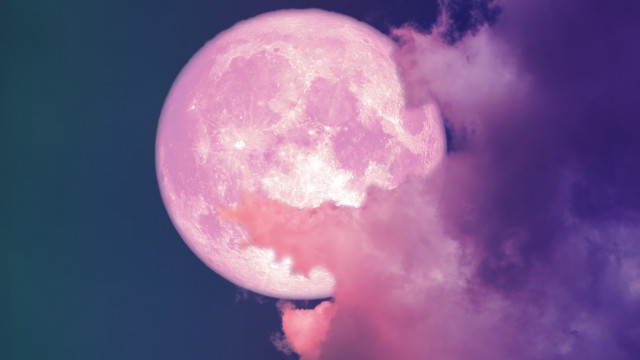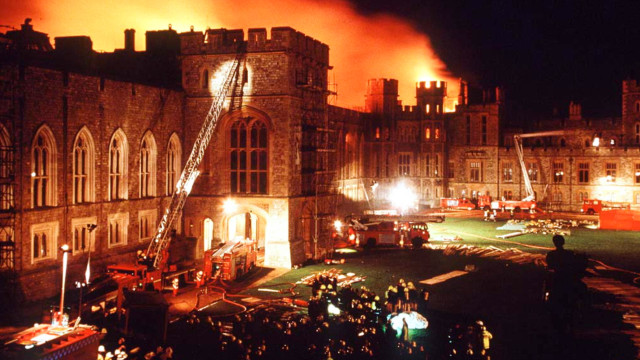STAY UP TO DATE...
I accept terms & conditions and privacy policy.
I want to receive Exclusive Offers from partners (advertising)
Thank you for your registration

LIFESTYLE
Global warming
22 hours ago

LIFESTYLE
Business
23 hours ago

LIFESTYLE
Languages
19/04/24

LIFESTYLE
Astrology
19/04/24

LIFESTYLE
World
19/04/24

LIFESTYLE
Ranking
19/04/24

LIFESTYLE
World
19/04/24

LIFESTYLE
History
19/04/24

LIFESTYLE
Politics
19/04/24

LIFESTYLE
Retro
19/04/24
MOST READ
- Last Hour
- Last Day
- Last Week
-
1
CELEBRITY Relationships
-
2
LIFESTYLE Throwback
-
3
LIFESTYLE Catholicism
-
4
LIFESTYLE Home remedies
-
5
LIFESTYLE Putin
-
6
FOOD Fine dining
-
7
LIFESTYLE Emotions
-
8
TRAVEL Nations
-
9
LIFESTYLE History
-
10
LIFESTYLE Emergency

LIFESTYLE
Safety
19/04/24

LIFESTYLE
Business
19/04/24

LIFESTYLE
Exercise
19/04/24

LIFESTYLE
Wealth
19/04/24

LIFESTYLE
Emergency
19/04/24

LIFESTYLE
Society
19/04/24

LIFESTYLE
Disaster
19/04/24

LIFESTYLE
Freedom
19/04/24

LIFESTYLE
Nations
19/04/24

LIFESTYLE
Communicating
19/04/24

LIFESTYLE
History
18/04/24

LIFESTYLE
Society
18/04/24

LIFESTYLE
Crime
18/04/24

LIFESTYLE
History
18/04/24

LIFESTYLE
Plants
18/04/24

LIFESTYLE
Bizarre
18/04/24

LIFESTYLE
Accessories
18/04/24



